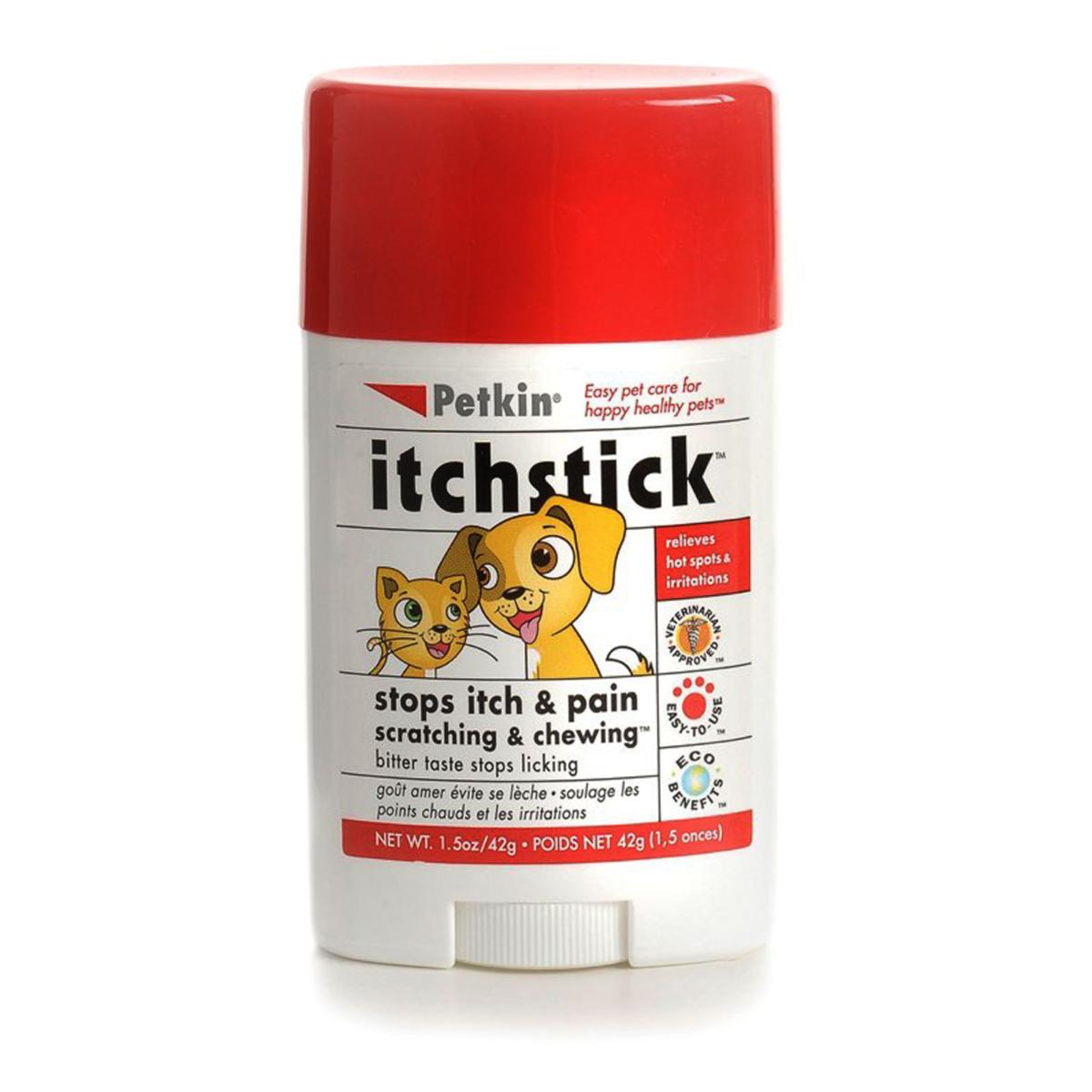
As much as you don't want your dog to be itchy, you don't want you or your family feeling the same effects. Fleas especially can migrate hosts and infest your whole house. If you give your dog a bath and notice a reddish brown color in the water, fleas are almost always the cause.Ĭhecking your dog for fleas and ticks is not just a benefit to him, but it can also benefit you and your family. Flea dirt can be spotted on your dog or in his most common resting areas such as beds and crates. Brush through your dog's coat with a clean flea comb to be sure if you're dealing with a flea occupation. Spotting them is sometimes easier than ticks if you check regularly, but in long-coated and dark-colored dogs you might need some extra help. Certain dogs can have allergic reactions to flea bites that cause very painful hot spots, hair loss, swelling, and even infection.
#Topical itch relief for dogs skin
Infestations of this kind can cause severe itching and skin reactions, sometimes requiring veterinary care. Keep in mind these irritating insects can and do carry a variety of dangerous diseases, so it's important to check for them during tick season and any time your dog enters a potentially infested area (anywhere outside, mind you).įleas are less dangerous but just as uncomfortable. Ticks can go unnoticed for some time until they become fully engorged and large enough for you to spot and remove. These blood-dependent pests use dogs as hosts all the time, and can latch on anywhere. Once you notice your dog itching, check for fleas and ticks first. Even if your dog's itching seems minor, you'll want to make sure you're on the right track and using safe products to curb his discomfort. Need help diagnosing him? Schedule an exam with your veterinarian. The two main things that give a dog itchy skin are pests and allergies, both of which can be seasonal. Nothing makes you more frustrated than seeing your pet uncomfortable, so soothing your dog's itchy skin takes priority. There are many causes of a dog's itchy skin, but each one should require that you rule out other conditions before starting a particular treatment. Contact your veterinarian or Pet Poison Helpline® at (855) 764-7661 for help.With warmer weather creeping in, you might find your dog itching more often. While it can be used on dogs you still need to be aware of the risks of using it. Dog-friendly hydrocortisone cream prescribed by your vet may be the answer to that relief.

When your dog’s skin is feeling uncomfortable, irritated, and inflamed you want to do anything you can to help them. The root of the condition may be discovered and correctly treated by your veterinarian. See your vet if your dog’s skin remains red and inflamed or begins to pus. Hydrocortisone cream is a short-term solution that should not be relied upon indefinitely. What is a Long-Term Alternative for Hydrocortisone Cream? To prevent this potential risk, you can use a cone shaped collar so your dog cannot reach the inflamed area and lick the cream. Signs of hydrocortisone toxicity may include vomiting, diarrhea, pain in the abdomen, black tarry stool, etc.

If your dog has licked the cream and you’re not sure if it’s dangerous or not, contact your veterinarian or Pet Poison Helpline® to determine the risks. In some cases, these creams may contain harmful ingredients. These side effects can include panting, increased hunger/thirst, and pacing.

If your dog keeps licking the area where you applied the cream, they may experience mild side effects. It is normal for dogs to lick an area that is irritated.
#Topical itch relief for dogs how to
Your vet will give you directions for how to apply hydrocortisone cream. Do not let your dog eat hydrocortisone cream. Studies have shown that hydrocortisone cream is an effective treatment for skin problems in dogs. What are Common Uses of Hydrocortisone Cream for Dogs? Be sure to apply the hydrocortisone cream after consulting with your veterinarian and receiving dog-friendly cream and make sure to follow your veterinarian’s instructions before applying. What about when your dog is experiencing the same discomfort on their skin? Good thing hydrocortisone cream is used for both human and veterinary medicine. Ugh, it is the worst when your skin is feeling itchy, irritated, and red! Thankfully, we can reach for hydrocortisone cream to help relieve that uncomfortable feeling.


 0 kommentar(er)
0 kommentar(er)
